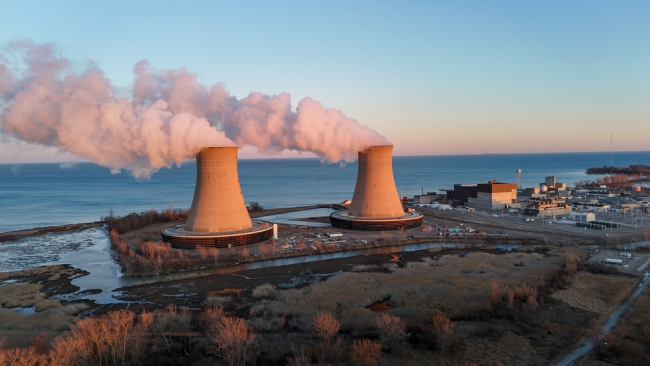Global Coal Markets at a Climax. An Era of Coal Decline is Finally about to Begin
In a previous note published in 2018, we noted that global coal demand had flattened. Several governments had announced coal phase-out plans, global coal power investment had contracted, and investment in greenfield coal mines was also at a standstill. The freezing of financial resources for coal projects might have indicated the beginning of a structural decline in coal demand and supply.
However, global coal demand again reached an all-time high in 2022, and 2023 may set a new record as coal prices have fallen from their highs of 2022, making coal more competitive in Asia. The key question is therefore when a structural decline in coal demand will begin, and how steep the decline will then be. This briefing note looks at coal demand in four major markets, China, India, the United States (US), and the European union (EU), which together account for 80% of global coal demand, and also analyzes recent trends in international trade and prices.
- Global coal demand hit an all-time high in 2022, driven by China and India mainly. With lower prices, 2023 could see another record use.
- Yet this is not a lasting coal comeback. Already in 2023, European coal demand is collapsing. US coal demand is continuing its structural decline. Even in China, where coal power plant permitting is experiencing a new boom, coal demand may decline as soon as 2024. Indian demand is likely to continue growing over the decade though.
- The global energy crisis has not derailed the move away from coal especially as clean investment is rising everywhere. The gap between the growth of clean electricity generation and the growth in electricity demand has been narrowing in recent years, suggesting that a structural decline in global coal generation is soon to begin, notably as natural gas prices ease.
- Global trade is experiencing a shift towards the Pacific basin. In 2022, the balance of the international market was ensured by increased Indonesian exports, reduced Chinese imports and the redirection of Russian coal to China, India and Turkey, mainly. China now accounts for almost 30% of world trade and has considerable power on the international market.

Available in:
Regions and themes
Share
Related centers and programs
Discover our other research centers and programsFind out more
Discover all our analysesThe New US Energy Policy: Energy Dominance or Fallback?
Since taking office, President Trump has defined and started to implement a new energy strategy for the United States (US), aimed at supporting fossil fuels, the nuclear industry, and the critical minerals sector.
Reconnecting With Europe's Nuclear DNA: a Political Question
As Europe's main source of low-carbon electricity, nuclear power is a strategic asset for tackling climate and geopolitical challenges.
Will the Western Nuclear Power Revival Take Place? The State of Extra-European Advances
Against the dual backdrop of the energy transition and the rapid transformation of the international order, the question of Western nuclear revival is being raised with renewed acuity.
Re-evaluating Copper Supply: The Crucial Role of Technology
Some authors argue that the energy transition is doomed to fail due to metal scarcity and the rising energy costs of extraction.













